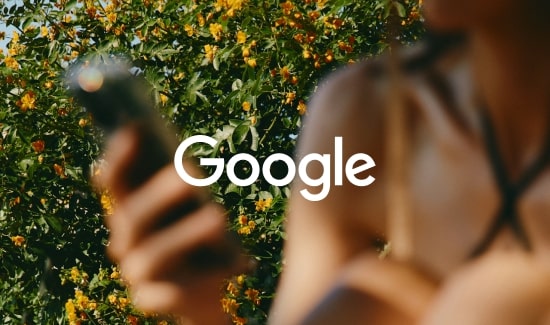With young generations turning to TikTok to find recommendations, search engines are quickly upping their game, integrating not just advancements in AI and Natural Language Processing (NLP) but also cutting-edge visual features.
Google’s latest innovation, Circle to Search, is pushing boundaries in search technology. This addition goes beyond traditional keyword-based searches, enabling search engines to understand queries more like humans.
While NLP, a crucial part of AI, helps computers uncover the true intent behind queries, Circle to Search raises the bar even higher by introducing a new intuitive and frictionless communication path, transforming the search experience.
Searching in circles: The new standard
The global launch of Circle to Search took place on January 31, covering select premium Android smartphones like Google’s Pixel 8 and 8 Pro, as well as Samsung’s latest Galaxy S24 powered by Google’s super-large language model (LLM) Gemini.
This introduction represents a pivotal moment for Google Search stepping beyond the boundaries of traditional search methods like typed keywords or spoken queries.
The roadmap traces back to 2015 and the “Now on Tap” feature (later replaced by Google Assistant) that enabled users to obtain more information about their screen content by pressing and holding the home button. This evolution continued in 2017 with “Google Lens” – an image recognition technology that identified objects and provided information through machine learning.
It’s safe to say that Google has been evolving beyond a mere question-and-answer system. It’s now a platform for exploration, revelation, and learning new things without straightforward answers.
How it’s changing the game
Now, let’s talk impact.
Since the grand entrance of generative AI chatbots like ChatGPT in 2022, we’ve plunged headfirst into the age of conversational search. Chatting with a bot has never felt more natural. And yet, the question that continues to arise is, “How will this influence the online presence of marketers and paid search strategies?”
Envision this scenario: A potential customer casually scrolls on their phone, sees your product within an image or a video, circles it, and immediately gets product details.
It’s a chance to capture user interest in real-time, at the peak of interest.
The visual-centric approach has the potential to reshape how you conceive ad creatives. Beyond keyword optimization, ads must contain visual allure to capture the attention of Circle to Search users. Undoubtedly, it presents a challenge due to its potential impact on user search behavior and the need to adapt to these changes. Still, it serves as a pathway for innovation.
The opportunity arises to distinguish within the digital marketing landscape by connecting with users in a more intuitive and contextual manner. Embracing the visual shift has the potential to make room for brands with effortless discovery.
This points to increased image and video content as brands explore new possibilities with generative AI. The key for brands is to make smart use of product placement and present their products in a way that stimulates user curiosity and prompts search activity. This involves seamlessly incorporating products into content to maximize visibility and engagement.
Even in uncharted territories, companies can use Google’s Circle to Search to optimize content for gesture searches, boosting audience engagement. By adapting, organizations can stay ahead of the curve, meeting evolving audience needs. Developing mobile-friendly content anticipates quick access, preparing for a competitive advantage as users transition to gesture-based searches.
Closing the circle: Embrace the change
Google’s Circle to Search goes beyond a simple app integration; it’s a dynamic move to accelerate the user’s quest for information, adding speed, insight, and seamless navigation.
The future of search will transcend traditional links, transforming into an engaged conversation powered by AI. In this environment, users can get answers to their queries even quicker, creating new digital journeys.
It is uncertain when this feature will become available for wider audiences, but given that the Galaxy devices broke records in pre-orders and that Microsoft is also working on its own Circle to search, it’s safe to say it will.
A search future with exciting possibilities is in front of us: Organizations, users, and marketers will all be a part of the search evolution redefining digital interactions.
More insights
Questions on search strategy?
SEA consultant


